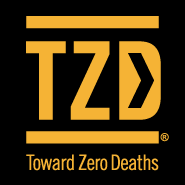This 7-page document briefly describes two projects developed by the National Association of State EMS Officials (NASEMSO) in response to the National Transportation Safety Board (NTSB) recommendations following the 2008 motorcoach crash in a rural stretch of roadway near Mexican Hat, Utah. In this roll-over crash, 50 of 53 bus passengers were ejected, 43 of whom were injured – many seriously, and nine fatally. The bus crash occurred in a remote area challenged by limited access to communications, emergency medical response, ground and air medical transport services and hospital capacity, particularly trauma centers. The tools were created in an attempt to measure and quantify the existence of emergency resources in various geographic areas.
The EMS Incident Response and Readiness Assessment (EIRRA) is a self-assessment tool designed to measure the level of emergency medical preparedness for response to a rural highway mass casualty incident. It is intended to be used by state, regional and local EMS agencies to evaluate the system’s capability to respond to large scale emergency incidents.
The Model Inventory of Emergency Care Elements (MIECE, pronounced “mice”) is another emergency response measurement tool, but is at an earlier stage of development. Completed in 2011, the MIECE Proof of Concept was designed to demonstrate the feasibility and utility of an emergency care inventory that displays resources and capacity by segment of interstates and US highways. If developed into a full scale project, MIECE would include a scorecard-like assessment of emergency care resources by geographic area.

